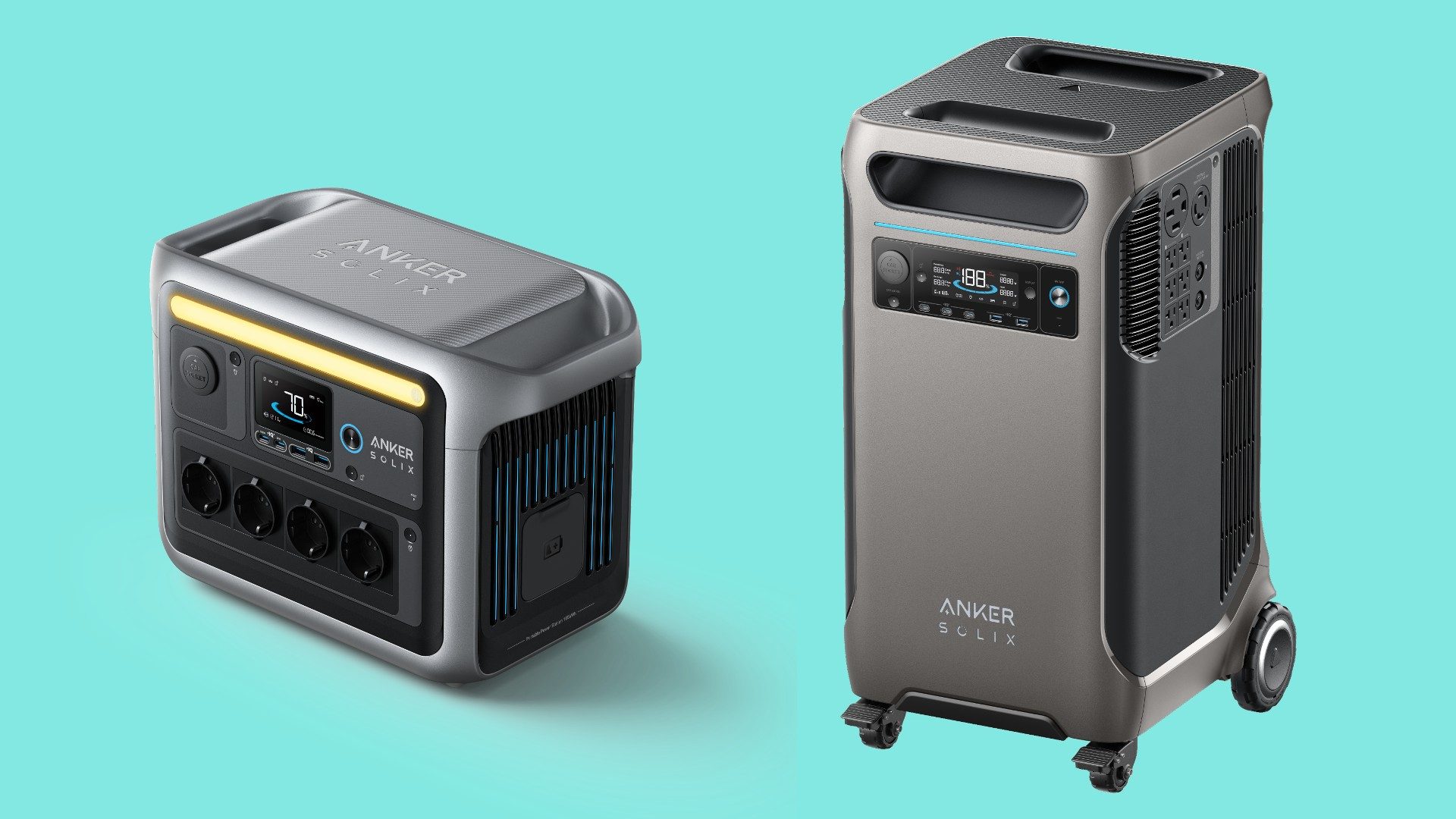New RDOF awards are the program’s largest wave yet
The Federal Communications Commission is set to award another $ 1.2 billion through its Rural Digital Opportunities Fund, after an overhaul that the agency says improves its ability to make sure companies actually deliver the rural broadband service that they have said they will.
The $ 1.2 billion RDOF wave will fund broadband deployments in 32 states to connect more than 1 million locations, and it is the largest RDOF funding round to date.
Meanwhile, in hopes of tightening up accountability for providers who won work through RDOF, the FCC has created a new Rural Broadband Accountability Plan, which it described as “a new effort to monitor and ensure compliance for universal service high-cost programs including the Rural Digital Opportunity Fund. ”
This includes, for the first time, making public some of the FCC’s verification data on the performance of the delivered networks, including speed and latency testing. This will be available through the Website of the Universal Service Administration Company, which is the non-profit administrator of the FCC’s Universal Service Fund (USF).
FCC Chairwoman Jessica Rosenworcel said in a statement that the accountability plan “will speed up our audit and verification processes and for the first time make public the results of verifications, audits, and speed and latency testing.” These new measures will help ensure that the providers we fund in this program will do the job. “
According to the FCC, the plan includes increased doubling the auditing and verification of support recipients in 2022 compared to 2021, and includes on-site audits. The agency will also more closely scrutinize “large and higher-risk” support recipients. An FCC fact sheet on the plan is available here.
The Rural Digital Opportunity Fund provides $ 9.23 billion in subsidies to be doled out over the next decade in support of high-speed rural broadband deployment. Elon Musk’s SpaceX won nearly $ 886 million in support of its low-earth-orbit satellite service, Starlink, despite not launching commercial service at the time. Industry players have argued about whether it’s actually possible for Starlink to deliver what it has promised. In April of this year, satellite competitor Viasat went so far as to provide technical analysis that it says demonstrates in multiple ways that even if SpaceX deploys the full number of satellites that it has plans for, “significant shortfalls in Starlink capacity exist” due to a combination of limitations on spectrum re-use and the geographic density of the areas it bid on and provisionally won in the RDOF process. Starlink responded by scoffing at the analysis and said it was full of factual errors and incorrect assumptions.
Meanwhile, other observers have argued that RDOF’s process has resulted in areas receiving subsidies which were already sufficiently served by broadband. The Competitive Carriers Association was among the voices raising concern over RDOF funding decisions, saying that it had identified more than $ 1 billion out of the 10-year, $ 20 billion program that might go to areas which were likely to already have fixed or mobile service that. meets the FCC’s 25/3 Mbps requirements. CCA found that 5.5% of RDOF award locations “likely include sites that have access to at least 25/3 Mbps fixed broadband,” and about 6.9% of RDOF locations “likely” have access to fixed or mobile broadband that meets the 25.3 threshold, according to the report based on the analysis and filed with the FCC.













